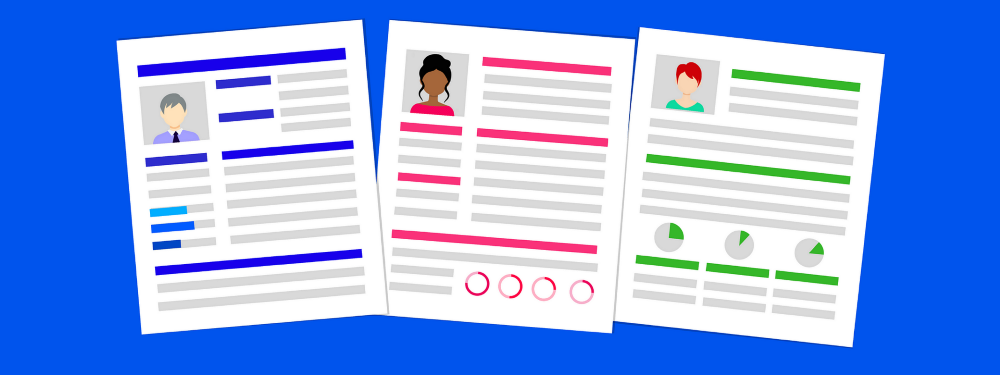Your audience is the most important factor to consider when creating a content marketing plan. Without knowing who you’re talking to, how can you create a compelling message that leads contacts through your sales funnel? One of the best ways to understand your audience is to map the customer journey of each type of customer you’ll speak to.
The term ‘customer journey’ is used to describe a process through which prospects become customers. Marketing content is used at each stage to identify, engage, and convert people into new business.
The customer journey is generally thought of in three stages – awareness, consideration and decision. At each stage the questions and expectations a potential customer has changes; your marketing content needs to change too. Not only does it need to be unique, it must also add value and solve their problem effectively. Doing so builds trust and moves them towards purchase readiness.
What’s a Customer Journey? Content Marketing Strategy
Popularized by content marketing innovators like HubSpot, the customer journey is a strategy that helps plan and develop value-driven resources. It takes an educational focus to help your audience better understand their challenge, identify potential solutions, and show them specifically how your solution fits their needs. Its key concept is that for marketing content to be effective, it needs to be delivered to the right people at the right time.
In theory, all customers take a similar approach when making a purchase. These three steps comprise the customer journey:
- Awareness: Identify a challenge or need to be satisfied.
- Consideration: Gather options to satisfy the challenge or need.
- Decision: Compare top options available to satisfy the challenge or need.
This overly-simplified breakdown is merely to illustrate the flow from beginning to end. Each stage requires a strategic approach and significant marketing efforts to take place. It can, however, become quite complex when the proper planning efforts are taken.
The results are worth it though – companies see increased organic website traffic and better ability to convert leads, then nurture them into customers.
All stages of the marketing and sales process are benefitted by a customer journey plan.
To build a content plan for your customer journey, consider what’s involved at each stage:
Awareness
Early in the customer journey, buyers resonate most with content that is educational and helps better inform them of what their challenges or needs are. If searching for help online, they may ask questions like “why should I _________”, “when should I _________” or “why is ________ happening?”. These potential customers are not ready to be sold a solution yet since the nature of their problem is poorly identified.
Marketing content, when created in an educational tone, supports the awareness stage because it attempts to clarify the challenge or need. This gives companies the opportunity to show their thought leadership, problem solving, and overall expertise in a particular subject. This type of content should end with a call to action (CTA) of finding and evaluating options to solve this challenge, but more will be discussed about that in the next section on “consideration”.
Company blogs and videos are some of the best ways to develop awareness-stage content.
By committing to a frequent (daily, weekly, bi-weekly) blog, you’ll maximize the range of educational content that can be created and better help drive online search traffic back to your website. White paper downloads are another viable option in this area. While they do not generate much organic search traffic, white papers can be an effective “awareness” content medium if used in conjunction with search engine marketing (SEM) or blogs.
Consideration
Once a challenge, need or opportunity is clearly identified, customers want to learn more about the options available to address/satisfy it. If searching for help online, they might ask questions like “what’s the best way to solve ________”, or “how to ________”. These potential customers are still not ready to be sold a solution; instead, they need to know what solutions exist.
The role of marketing content at this stage of the customer journey is to educate the buyer about products or services in the market that are designed to support the challenge or need. This can refer to the company’s own solution, but needs to be broader and evaluate other solutions too. This doesn’t mean you need to mention your competitors by name, but you should refer to why your solution is different than theirs.
Blogs are an option for consideration-stage content, but your company should also consider a variety of gated and ungated options including video to convert prospects into leads.
The consideration stage still offers opportunities to be seen as a thought leader, so don’t hide away from showing your audience a full range of options. If your insights can be chunked into a 500-1,500 word article, a blog may be appropriate. If your content is longer, consider formatting it into a more polished content download and require that the lead give some surface-level information about themselves to access it. If those leads opt-in to email communications, they can be nurtured over time and give your company more opportunities to turn them into a customer.
Decision
Once a potential customer reaches the decision stage, they’re set on the type of solution they want. The main objective becomes finding the right solution provider that meets their needs accurately as possible. If searching for help online, they might enter phrases like “top companies for ________” or “__________ Toronto, Canada”. Through these types of searches, the customer seeks quotes from a short-list of vendors and evaluates sales pitches.
The importance of decision-stage marketing and sales content cannot be overstated. Case studies, client testimonials and competitor comparisons are helpful resources worth developing.
Keep in mind that just because customers are ready to hear about your solution and company, they may not want or need a sales pitch. Stay educational and try to help them understand why your solution is all about helping them. Remember to address their pain points and make sure they feel valued, not just another sale.
Customer Journey & Content Marketing Plan Template
Whether or not you’re an experienced content marketer, developing a plan to support content creation will help you save time and produce more valuable materials. If your past efforts have gone unnoticed online, or if you have yet to start creating content for your audience, start by mapping the customer journey.
Jumpstart your content marketing efforts! Download this mapping template to start plotting your customer’s journey and maximize the impact of your communications.





Comments are closed.